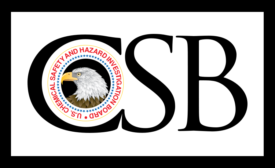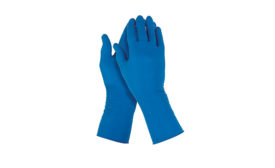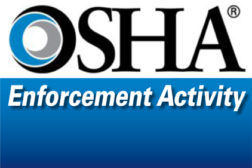Home » hazardous chemicals
Articles Tagged with ''hazardous chemicals''
Does HazCom standard apply to railroad industry?
Letter clarifies OSHA-DOT jurisdiction
May 20, 2016
Chemical Safety Board wraps up investigation into 2013 West Fertilizer blast
Recommends changes in hazard awareness, land use planning and regulatory oversight
February 1, 2016
New Kimtech Pure A4 Sleeve Protector
Helps keep workers and the workplace safe
January 6, 2016
Never miss the latest news and trends driving the safety industry
eNewsletter | Website | eMagazine
JOIN TODAYCopyright ©2024. All Rights Reserved BNP Media.
Design, CMS, Hosting & Web Development :: ePublishing








